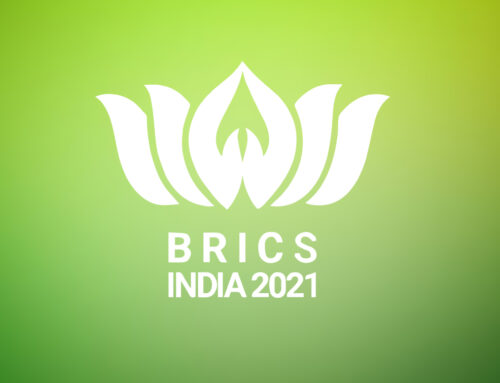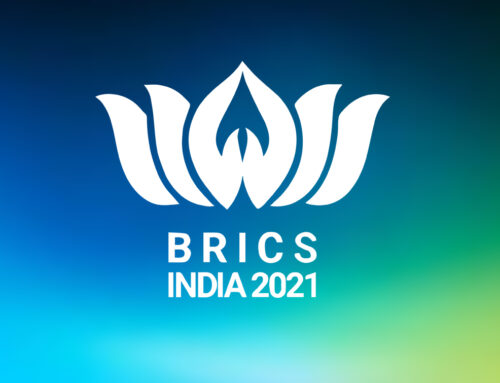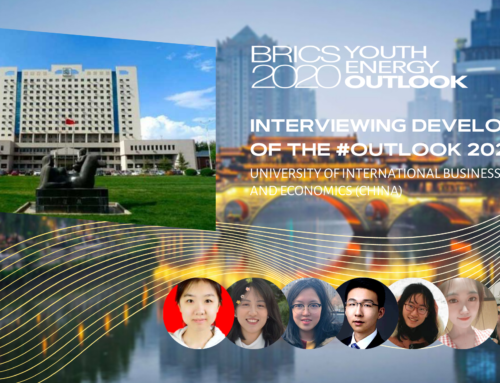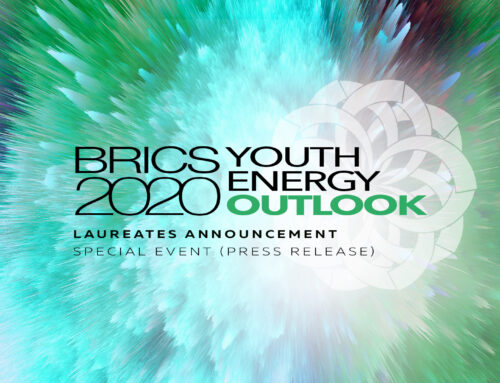We continue to introduce to you the developers of the BRICS Youth Energy Outlook 2020. The next team represents the JIS College of Engineering, India. The group consists of 8 gifted researchers – Milan Sasmal (Assistant Professor), Subhradeep Gupta (Student), Shivam Sarkar (Student), Niraj Prasad (Student), Hrithik Basu (Student), Debajyoti Sengupta (Student), Bidhan Malakar (Assistant Professor). The leader of the group is Abhishek Dhar (Assistant Professor).
JIS College of Engineering was established in 2000 in West Bengal, India. The college comprises four departments that offer courses like BBA, BCA, BTech, MBA, and MTech. The private college obtained Autonomous status by UGC and MAKAUT in 2010. NAAC has accredited the college with Grade ‘A’.
As part of the preparation for the BRICS Youth Energy Outlook 2020, Aleksandra Agababova, PR-manager (BRICS YEA), interviewed the team from the JIS College of Engineering to make you learn about their vision of the Indian energy sector and their experience as the Outlook 2020 developers.
Where and how did you meеt?
We were summoned by our Head of the Department to discuss about this project. There we got some basic and general ideas about BRICS (YEA) and this project.
What are your general interests?
Our team is focused on how to counter the challenges regarding the ever-growing energy crisis and how to introduce renewable energy resources to minimize the use of fossil fuels to save the environment.
What projects have you already realized?
We completed two projects given by BRICS YEA last year, namely «Gasification: Prospects, Mechanisms and Challenges» and «Reasons for the Development of Gas Motor Fuel Market in India». These two papers were published in the BRICS Youth Energy Outlook 2019 as well. Apart from those, we have some ongoing projects on smart metering system.
Which rules do you use for distribution of tasks between members and for prioritization?
As the whole world is under the influence of an unprecedented situation and our country is no exception, we had to meet up, discuss and distribute the tasks virtually. We arranged three of such virtual meetings.
During the first meeting, our project leader explained the whole assignment and the tasks were distributed among the team members as per the interest towards different parts of the task shown by each person. In the second meeting, progress done by each member was checked and individual progress reports were exchanged for rectification. In the third and final meeting, all the fragments were merged into a single report after plagiarism checking and it was sent to the project leader.
In your opinion what’s the main principle that makes your teamwork successful?
The main principle that makes our teamwork successful is our mutual understanding. We are from the same college and most of us are from the same department as well. Therefore, we know each other quite well, which helps us a lot during working together.
What contribution to your team experience do you hope to get during your work on the BRICS Youth Energy Outlook-2020?
BRICS YEA Outlook is a great platform to gain new knowledge about the most recent advancements in energy generation. Thus, we hope to gather a lot of such knowledge which will help us in future.
How did you know about the BRICS YEA and the BRICS Youth Energy Outlook-2020?
We came across the subject when our Head of the Department called us to discuss the matter. Later we acquired more knowledge about the project. Our college also provided some materials and guidelines for the BRICS YEA Outlook-2020.
In your opinion why is it beneficial for the youth from the BRICS countries to cooperate?
Young people are the future of the country. They have the most innovative and fresh ideas to solve any problem. So, those who are aware of the current challenges and want to put an end to those before things get far too worse should come forward before it is too late.
How do you evaluate the role of the BRICS YEA in the achieving global sustainable development?
BRICS YEA deals with international powerhouses. So, if the BRICS nations achieved sustainable development, it would have a huge impact on other nations.
In your opinion what challenges the BRICS countries will be facing in the nearest future in the field of energy development? How can the youth face these challenges?
The digital era has increased the requirement for energy to a very large extent. The use of such devices as computers, phones, etc. have made our daily life easier and with that, increased the energy demand. We cannot imagine a day without these gadgets because they have become an integral part of our life. That fact only intensifies the challenge of energy crisis. The young generation is surrounded by such devices and their number is set to increase day by day. Therefore, the young generation will face even larger challenges in the future.
Your chosen topic is related to the inevitable changes that go with the introduction of digital and smart systems in the power industry. What would you like to place emphasis on during your work?
We would like to emphasize what has already been done towards the development of the given topic from Indian perspective and analyze what else can be done for further development.
In your opinion does digitalization bring more benefits or more drawbacks to the industry? Why?
Digitalization definitely brings more benefits to the industry. In our opinion, the following are the few of those benefits:
• Digitalization brings more reliability and stability to the system.
• A fault becomes a rare case and its analysis becomes a lot easier.
• Digitalization reduces one of the major problems, viz. power theft.
• Being a new trend, digitalization can create many new job opportunities.
We appreciate the statement provided by the team from the JIS College of Engineering. We will continue to introduce the developers of the BRICS Youth Energy Outlook-2020 to our audience!





